Jerusalem is a city of three religions, The Wailing Wall is a sacred place for all Jewish people. A pilgrimage to Mecca is the obligation of every Muslim. The Church of the Holy Sepulchre is visited by Christians, while Hindus have Varanasi- known as Benares. It is one of the most unusual and fascinating places in India. The historic city populated by around 1,5 million people is located on the holy river Ganges (Ganga). Apart from a million pilgrims who come here every day to submerge themselves in the sins-cleansing waters, this place is also visited by thousands of tourists.
One of the main attractions for the sightseers is a cruise on the cult-related water along Ghats- extending to 5 kilometers of stairs leading to the river. At dawn on the Ghats, the lives of the inhabitants go on, who are practicing their everyday rituals in the fog covered Ganga from the early morning.
Some pray, cleansing their body and soul, meditating. Some are doing laundry or filling up water bottles to quench their thirst. Nobody minds the cattle neck-high in the water next to them or the sight of people defecating directly into the mother-river.
The Hindus believe that the Ganges comes from heaven and leads to heaven, cleanses away all the sins and prepares a soul to its final journey (moksha). When ashes of the deceased are scattered into the Ganga, their body will be free of samsara and they will reach Nirvana- liberation from the cycle of birth and death. Hindus claim that it’s most effective to do this in Varanasi, the holy city located on the trident of Lord Shiva. That’s why every believer wishes to have their body incinerated in Benares.
On the cremation Ghats, burning ceremonies (Antyeshti/ Antim Sanskar) take place 24 hours a day throughout the whole year. Over 300 bodies are subjected to cremation every day, wrapped in materials which come from the most distant parts of India. Corpses are appropriately anointed and prepared. The color of the shroud determines the gender and age of the deceased. Big toes are tied by a piece of string. Hands and both thumbs are tied together on the chest as if they are doing the namaskar (a traditional greeting from India or a gesture of respect). The whole procedure must be performed without movement or tears. Because of this woman don’t take part in the rituals as anxiety and hysteria disturb the souls from departing.
The ceremony is led by a member of a unique Indian society the so-called Dom, apart from him the eldest mourner (usually the eldest son) watches over the ritual, who puts on white robes and shaves his head on bald. First, the body is immersed in the Ganges to have a final taste of the holy water. Next, it is left to dry. At the same time, wooden pyres are being prepared- the size of the stacks and type of wood show the wealth and status of the deceased. After this, the corpse is placed on a heap of wood to be anointed and lubricated with clarified butter (ghee) and sprinkled with pieces of sandalwood. When the deceased is prepared the participants of the funeral to gather around him. While Granthi (the person who has received the honorable function of reading from the holy book) recites Sikh Ardas, the body is set on fire by the oldest mourner. The sound of the cracking skull symbolizes the release of the soul. Sometimes an intervention is needed and to break the skull and other hard parts such as the pelvis, a rod is used. The ceremony of cremation ends after 3-4 hours when the remains are powdered and thrown into the arms of the goddess Ganga forever.
Bodies of small children, pregnant women, people who have been bitten by the holy cobra and saints are not subjected to cremation as their souls don’t need redemption. In many cases they are not traditionally buried, they are brought out to the middle of the Ganges and weighed down by stones they sink to the bottom. Families who can’t afford wood for cremation also throw the corpse into the river.
The last ritual of the day performed regularly in honor of the holy river is Ganga Aarti. Hundreds of people gather in Dasaswamedh Ghat every evening at sunset to say their prayers and witnesses to the ceremony of offering fire to the mother- Ganges.
The mouth of the Ganges is in the Himalayas and at 2700 km in length it flows into the Bay of Bengal. It is the source of food and water to over 400 million people apart from that it irrigates agricultural land and fertilizes the soil. The level of oxygen in the water is several times higher than in other rivers. That is why it’s said that has amazing self-cleaning properties, the germs die in it three times faster than in other waters. In 1896, a British bacteriologist studied the bactericidal properties of water. He found that cholera bacteria colonies died very fast in the waters of the Ganges.
Nevertheless, the level of pollution has exceeded all standards. In addition to dead animals, human remains, piles of garbage and manure, sewage is a huge problem. About 1000 milliard wastewater treatment plants have been created along the Ganges, and 12 milliard liters of waste is produced in its basin daily. Furthermore, in Kanpur, there are 400 open tanneries and the toxic heavy metal waste from them ends up in the sacred water. It constitutes a mortal danger. Ganga in some places, especially in the dry season is not even suitable for bathing. The rapidly growing population, rising living standards, and industrialization has left a major impact on the environment and water resources.
Minimum 300 kg of wood is needed to organize a funeral for one person. In consequence 50 to 60 million trees are cut down in the Himalayas forests annually! In fact, in Varanasi, there are cleaner and more ecologically-friendly crematoria but they are closed. Nobody wants to resign from the traditional ritual, a religious cult that kills precious forests and the goddess Ganges.
More info: szymonbarylski.com
Gulls flying above River Ganga at Varanasi, Uttar Pradesh, India
At dawn on the Ghats, the lives of the inhabitants go on, who are practicing their everyday rituals in the fog covered Ganga from the early morning. Man, bathing in the Ganges river at a ghat at Varanasi, Uttar Pradesh, India
Men are bathing in the Ganges river at a ghat in Varanasi, Uttar Pradesh, India
Men are bathing in the Ganges river at a ghat in Varanasi, Uttar Pradesh, India
Pilgrims are bathing and praying in the Ganges river at a ghat in Varanasi, Uttar Pradesh, India
Hindu men are bating and taking water from Ganges river, which is for them the holy water. They believe the river washing away all sins and preparing the soul for the final journey at a ghat at Varanasi, Uttar Pradesh, India
A Hindu pilgrim after ritual washing the soul and body in the holy river Ganga at a ghat at Varanasi, Uttar Pradesh, India.
View along the Ganges River The burning ghat, where bodies are cremated in the Ganges river at a ghat at Varanasi, Uttar Pradesh, India
People are washing clothes and bathing in the Ganges river at a ghat at Varanasi, Uttar Pradesh, India
One of the main attractions for the sightseers is a cruise on the cult-related water along Ghats- extending to 5 kilometers of stairs leading to the river. Cruise on the Ganges River along the Ghat in Varanasi, Uttar Pradesh, India
The level of Ganges pollution has exceeded all standards. In addition to dead animals, human remains, piles of garbage and manure, sewage is a problem at a Manikarnika Ghat, in Varanasi, Uttar Pradesh, India
Pilgrims are bathing and praying in the Ganges river at a ghat in Varanasi, Uttar Pradesh, India
At dawn on the Ghats, the lives of the inhabitants go on. Some pray, washing their body and soul, meditating, some are doing laundry at a ghat in Varanasi, Uttar Pradesh, India
At the Ghats in Varanasi, Uttar Pradesh, India.
According to Hindu beliefs, people who have been bitten by the holy cobra are not subjected to cremation as their souls don’t need redemption. Snake charmer on the Ghats at a ghat in Varanasi, Uttar Pradesh, India
At dawn on the Ghats, the lives of the inhabitants go on, who are practicing their everyday rituals in the fog covered Ganga from the early morning. A couple while cleansing your body and soul at a ghat in Varanasi, Uttar Pradesh, India.
The burning ceremonies procedure must be performed without movement or tears. Because of this woman don’t take part in the rituals as anxiety and hysteria disturb the souls from departing. Woman who arrived to Varanasi for cremation of her loved one. On the Ghats in Varanasi, Uttar Pradesh, India
The cremation ceremony is led by a member of a unique Indian society the so-called Dom, apart from him the eldest mourner (usually the eldest son) watches over the ritual, who puts on white robes and shaves his head on bald. Men are preparing to attend the funeral ceremony at a ghat in Varanasi, Uttar Pradesh, India.
Minimum 300 kg of wood is needed to organize a funeral for one person. The size of a pyre and a kind of the wood reflect wealth and status of the dead person. Men are preparing wood for sale for the Hindu cremation ceremony in Varanasi, Uttar Pradesh, India
On the Ghats, burning ceremonies take place 24 hours a day throughout the whole year (Antyeshti/ Antim Sanskar). Over 300 bodies are subjected to cremation every day, wrapped in materials which come from the most distant parts of India. Manikarnika Ghat, in the holy city of Varanasi on the holy river Ganges, India.
The last ritual of the day performed regularly in honor of the holy river is Ganga Aarti. Hundreds of people gather in Dasaswamedh Ghat at sunset to say their prayers and be witnesses to the ceremony of offering fire to the mother- Ganges. The priest offering of light to the Ganges in Varanasi, Uttar Pradesh, India
Pilgrims take a part in the Ganga Aarti ceremony at Dasaswamedh Ghat in Varanasi, Uttar Pradesh, India
The priest offering of incense to the Ganges in Varanasi, Uttar Pradesh, India
A boy rowing boat on the holy Ganges River in Varanasi, India
1000 milliard sewage treatment plants were built along the banks of the Ganga River and 12 milliard liters of waste is produced in its basin daily. The rapidly growing population, rising living standards, and industrialization has left a major impact on the environment and water resources. On the other side of the Ganges at Varanasi, Uttar Pradesh, India.
Aghori are ascetic Shaiva sadhus, they engage in post-mortem rituals. They often live in cemeteries, and spread their bodies with ashes from cremation stacks and use bones from human bodies for their rituals. Their practices are contrary to orthodox Hinduism. They are to live on the edge, rejecting everything material and generally known as sadhu. On the other side of the Ganges, inside home of one of the Aghori people in Varanasi, Uttar Pradesh, India.
Accessories from human skulls are used for rituals celebrated by Aghori. On the other side of the Ganges, inside the home of one of the Aghori people in Varanasi, Uttar Pradesh, India.
1Kviews
Share on FacebookI love your photos! Very cinematic, the atmosphere is superb! As a fellow photographer, I was very impressed by your work. Keep up the great job!
I love your photos! Very cinematic, the atmosphere is superb! As a fellow photographer, I was very impressed by your work. Keep up the great job!


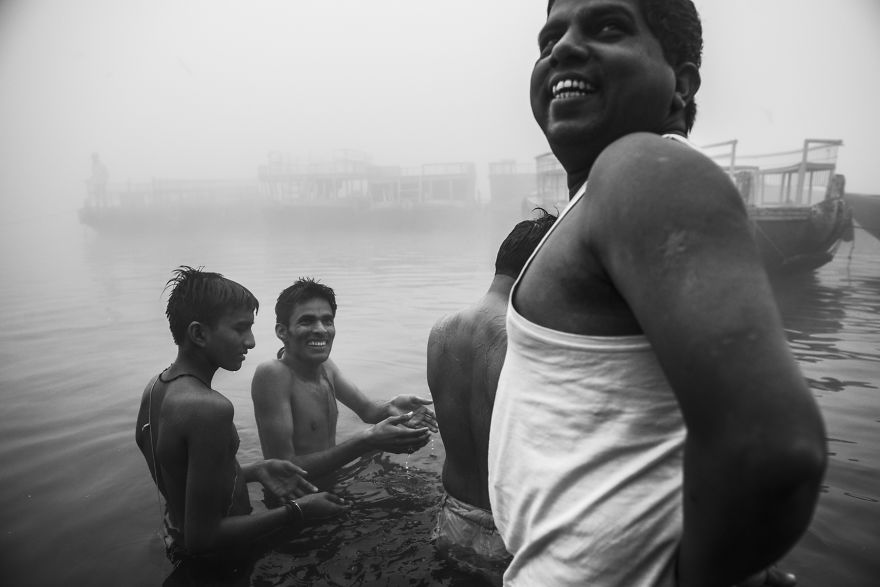
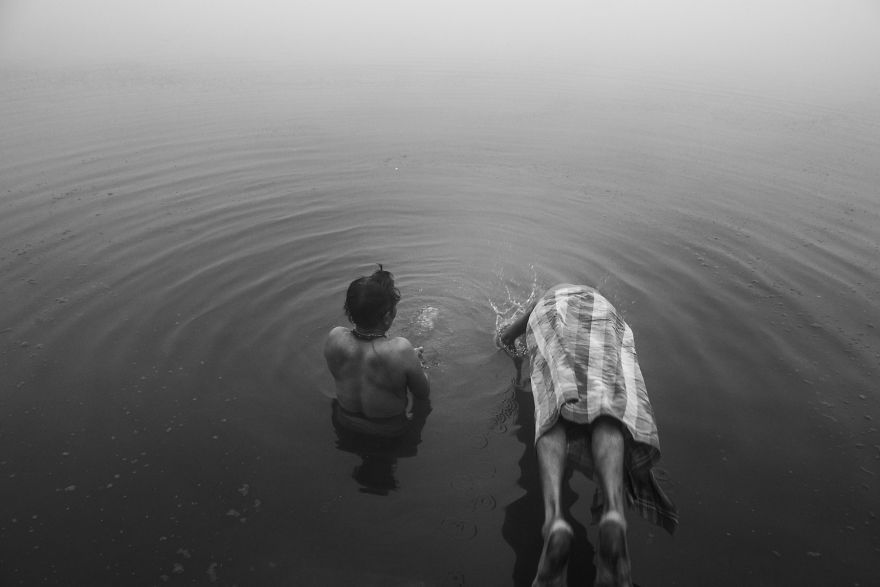
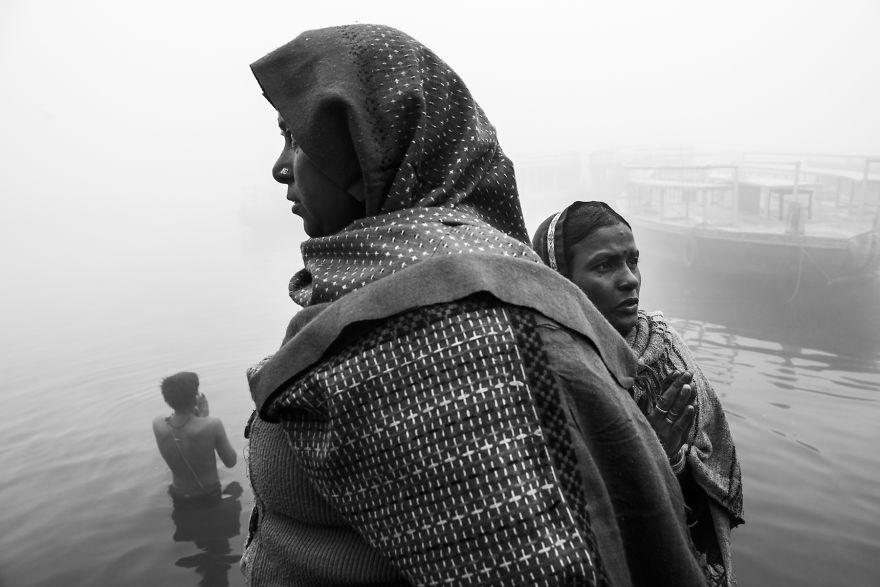
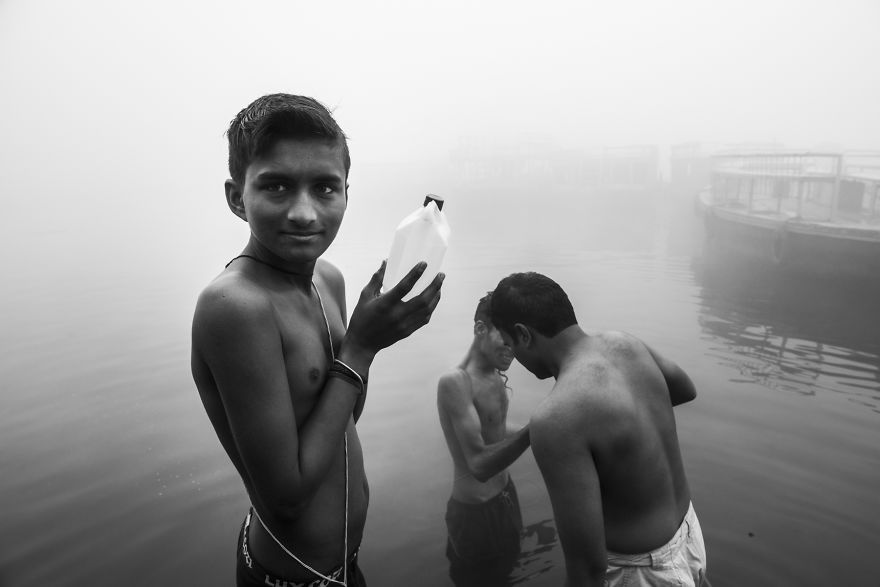
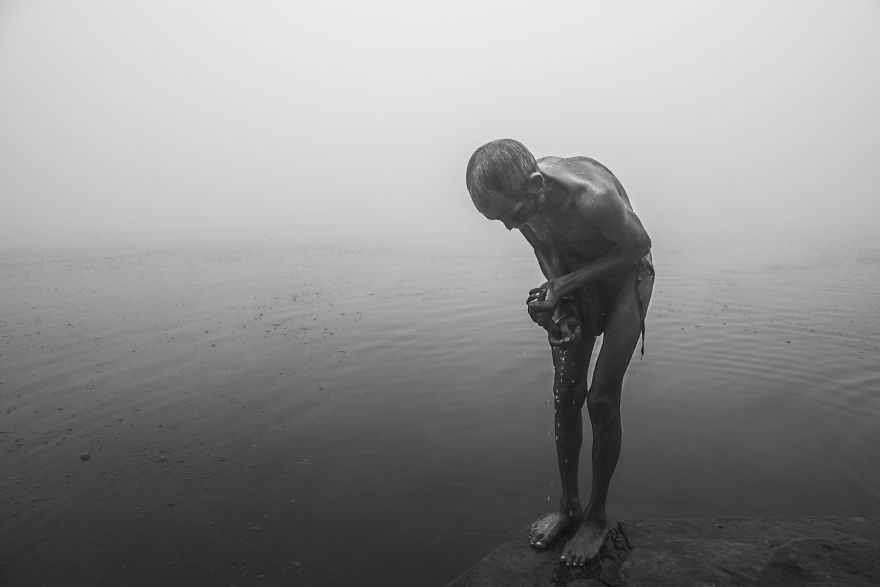
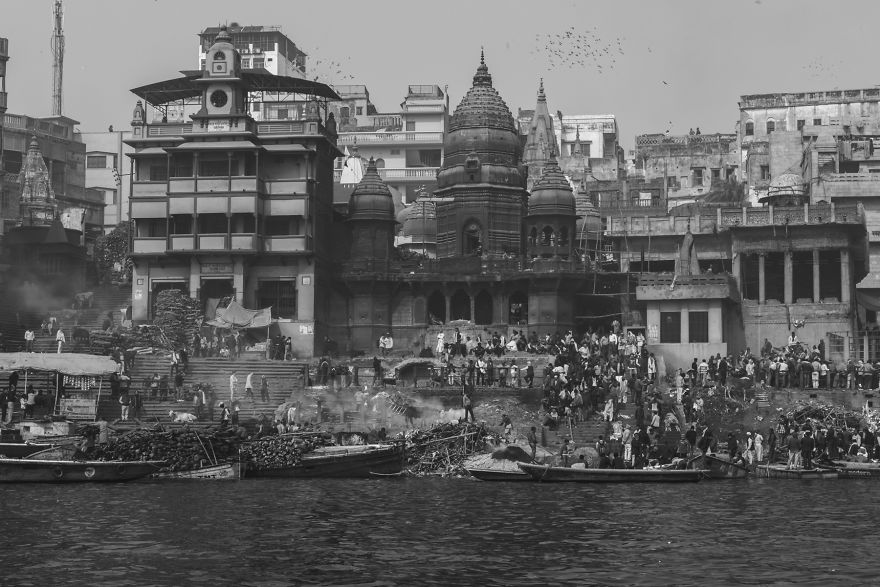
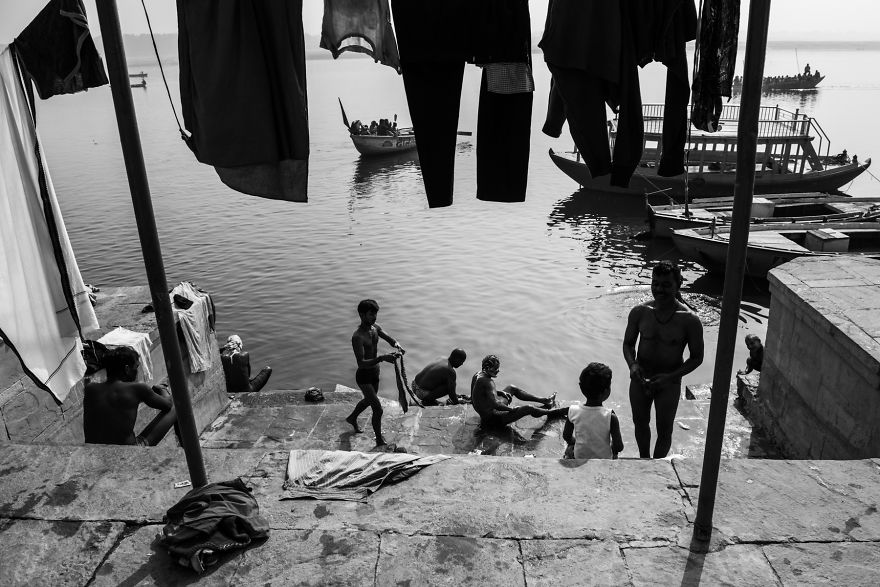
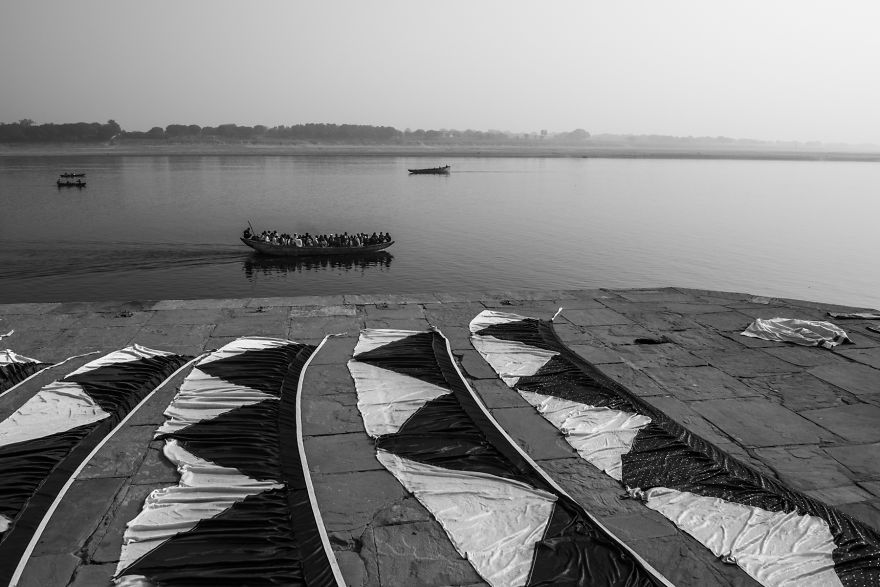
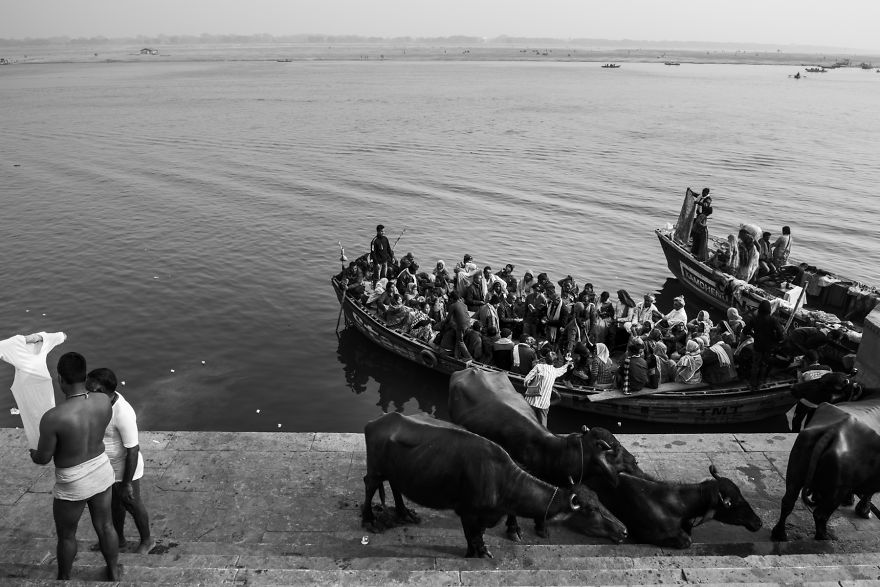
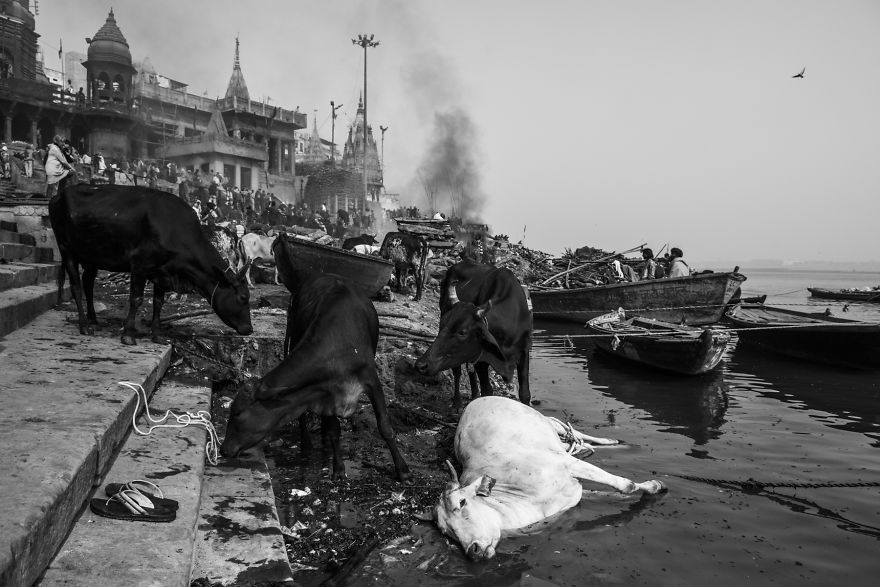
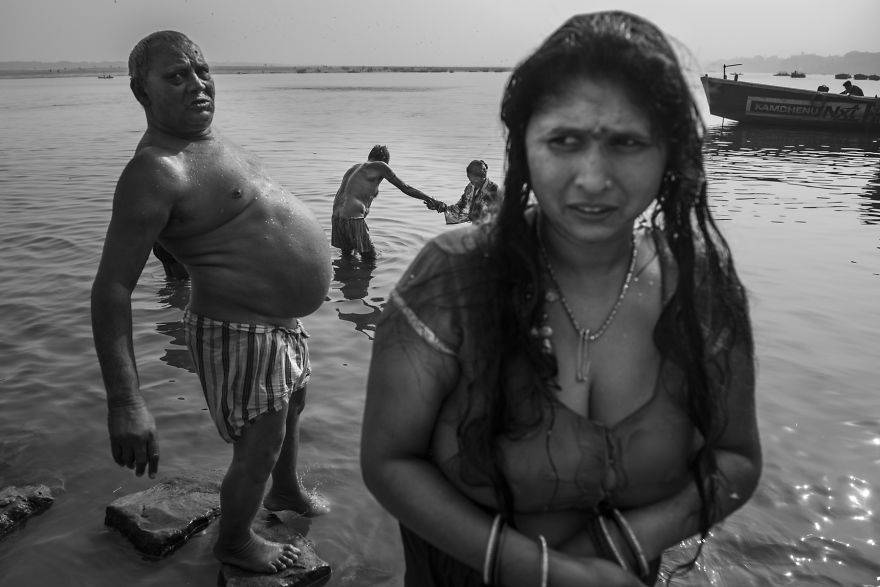
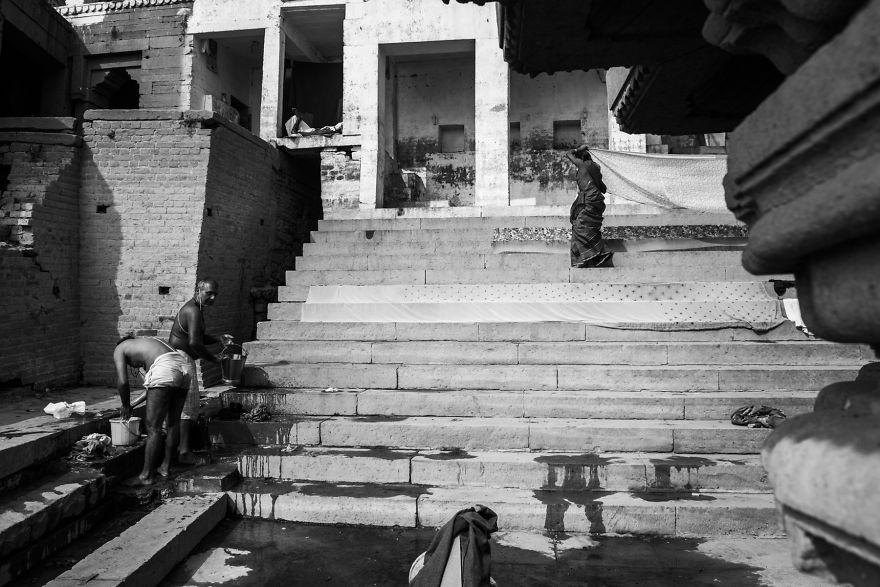
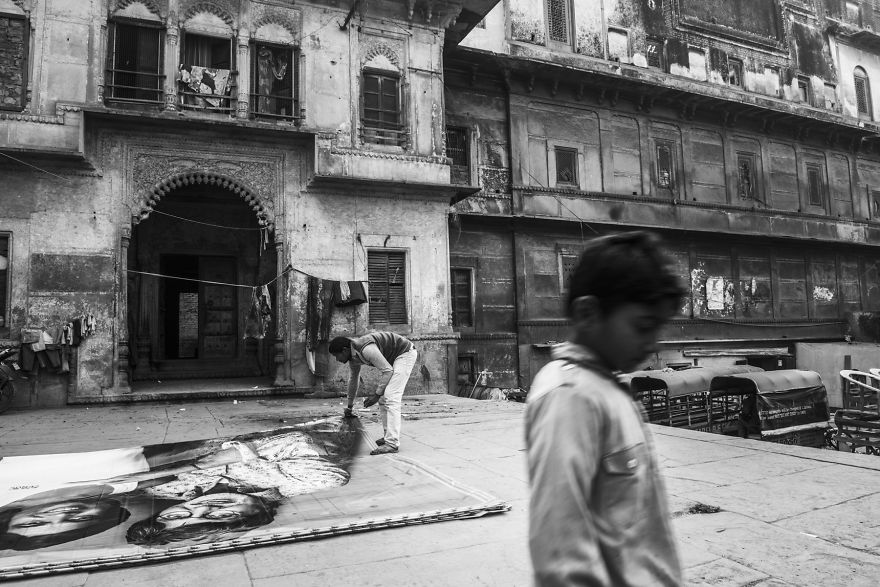
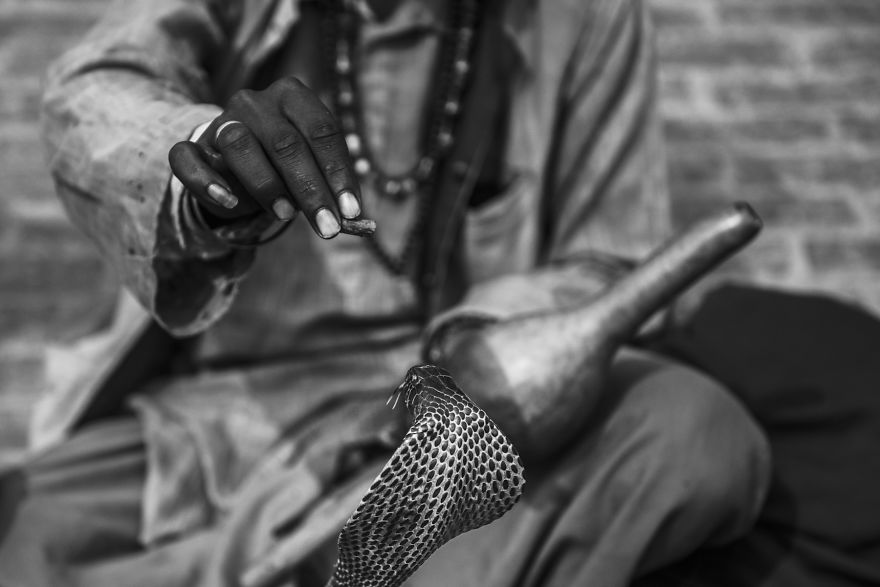
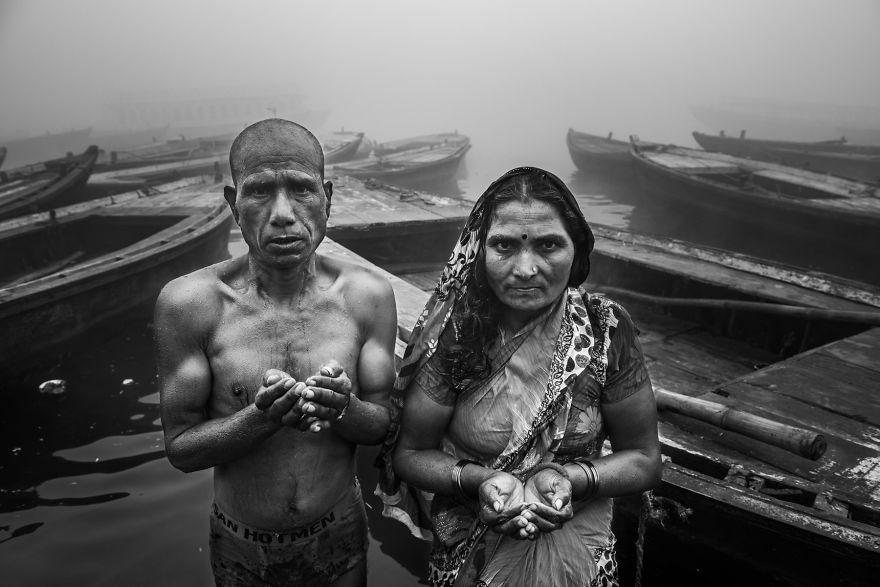
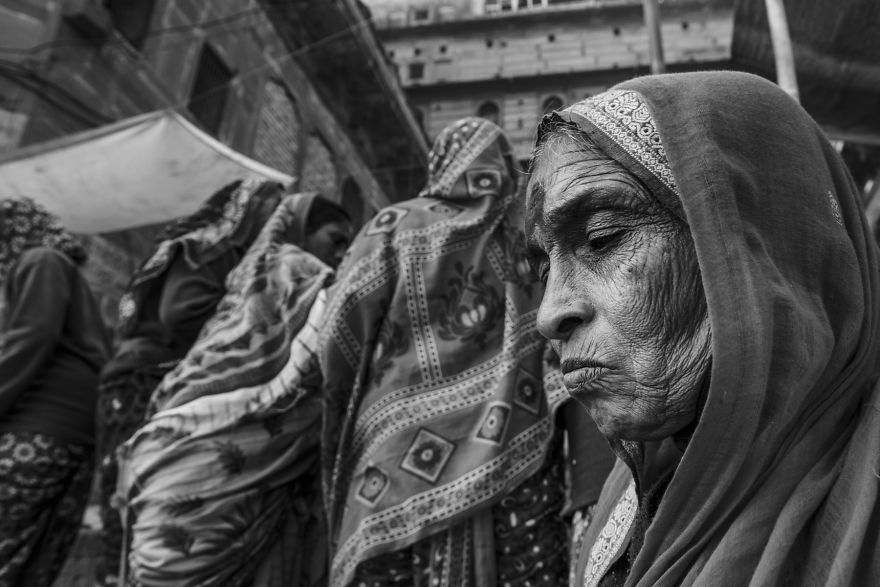
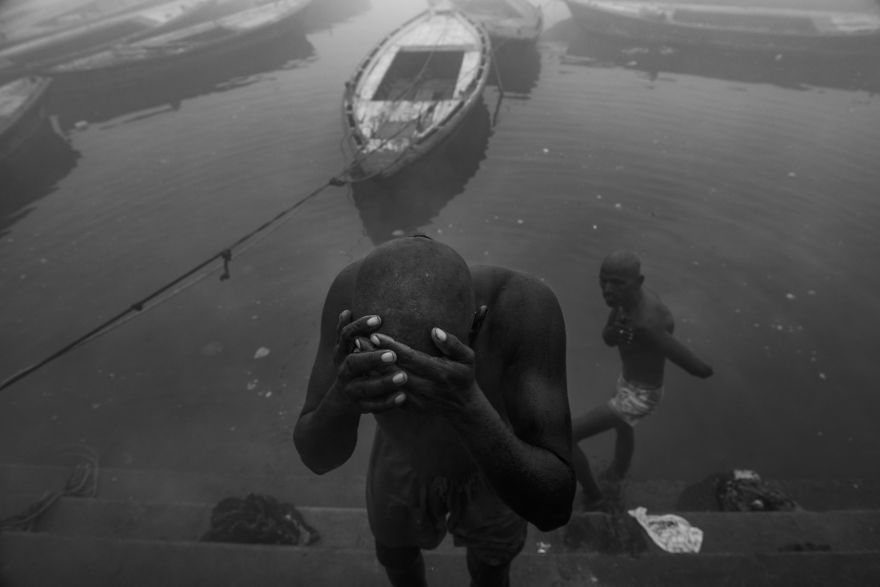
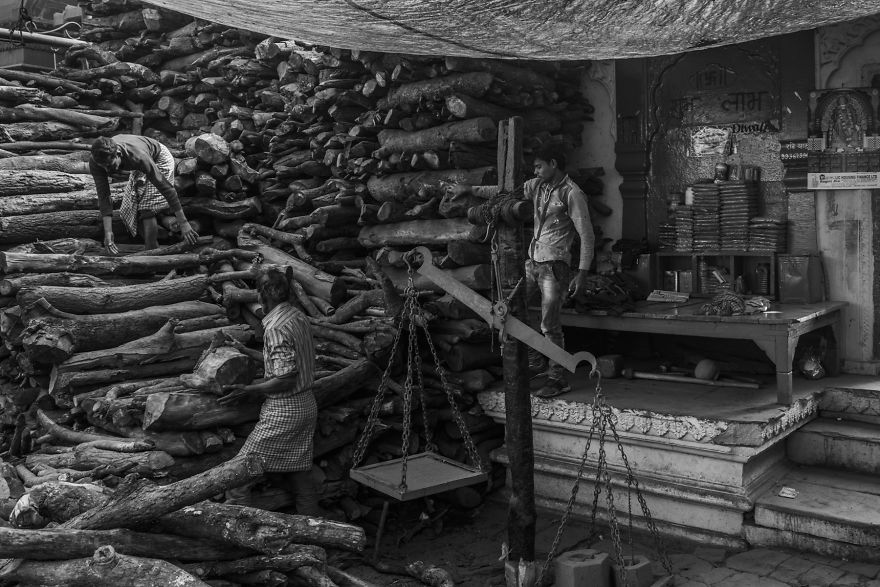
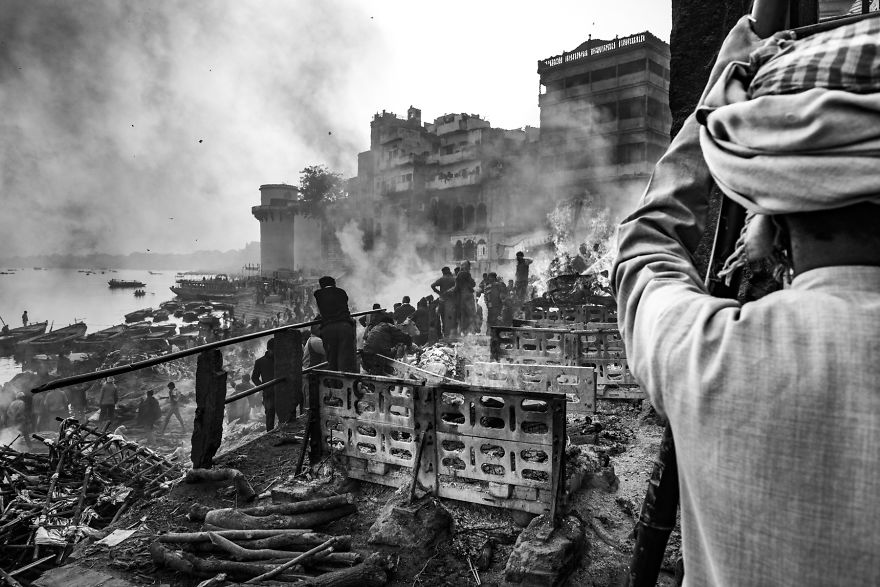
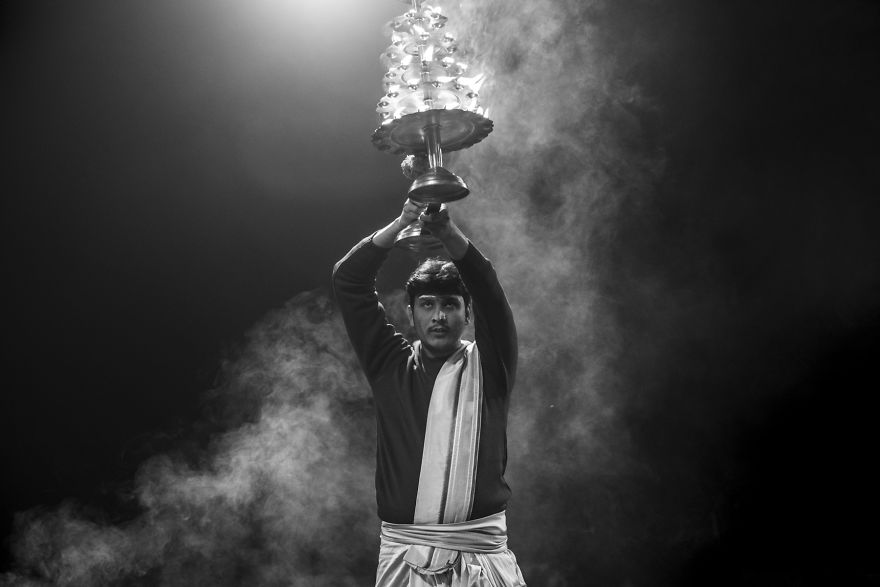
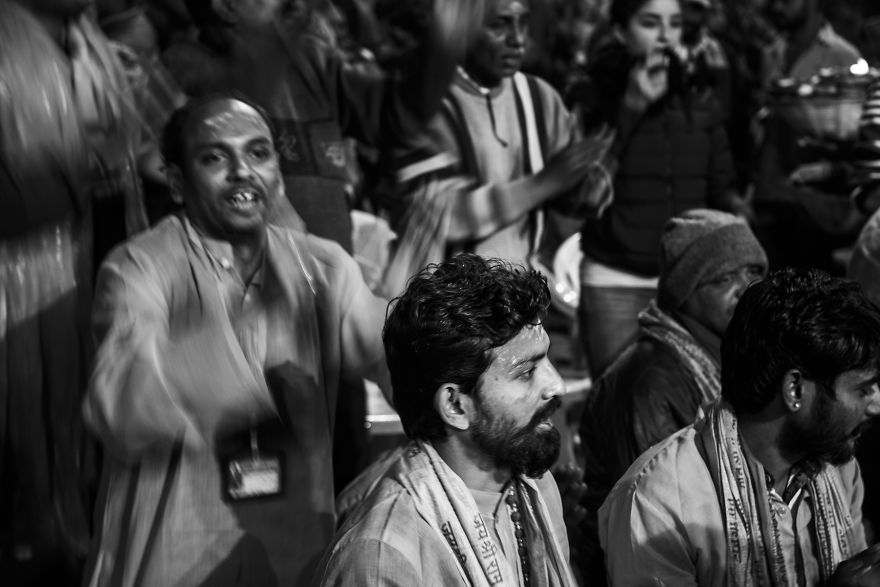
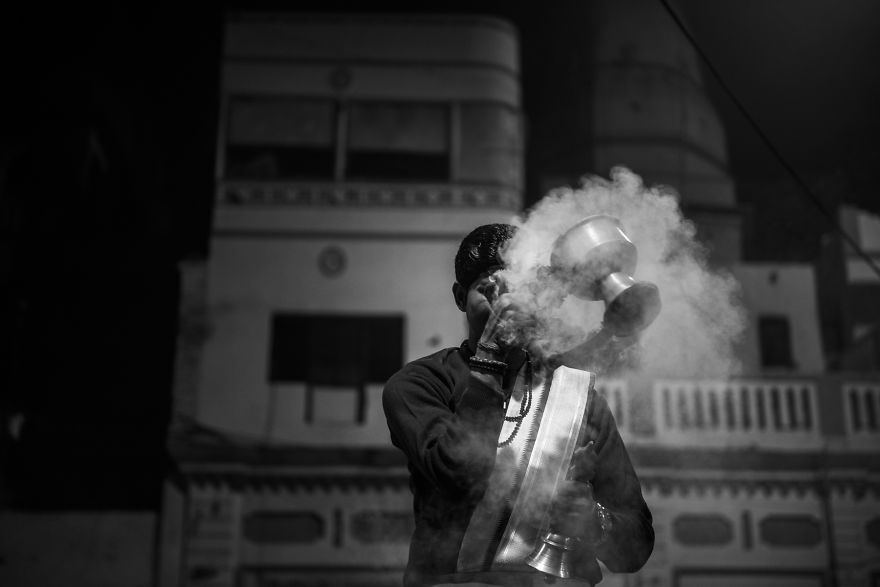
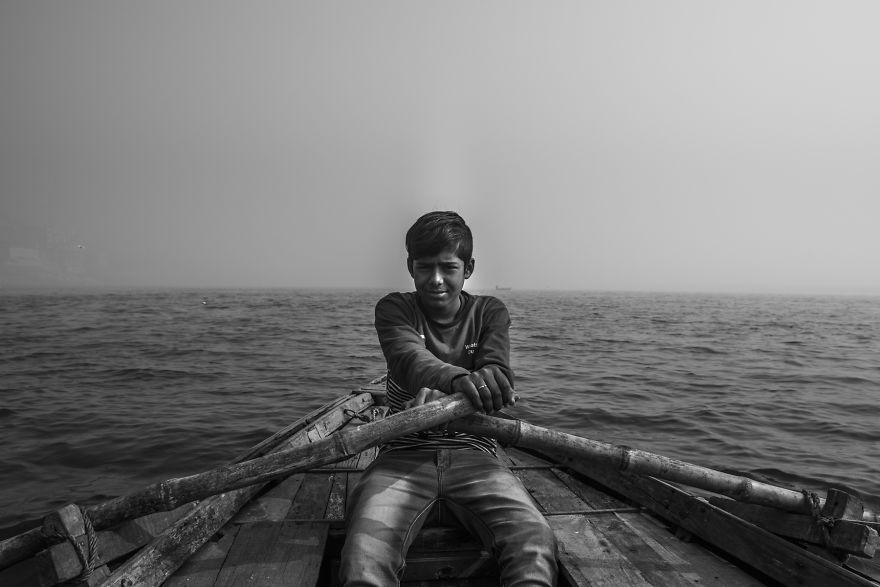
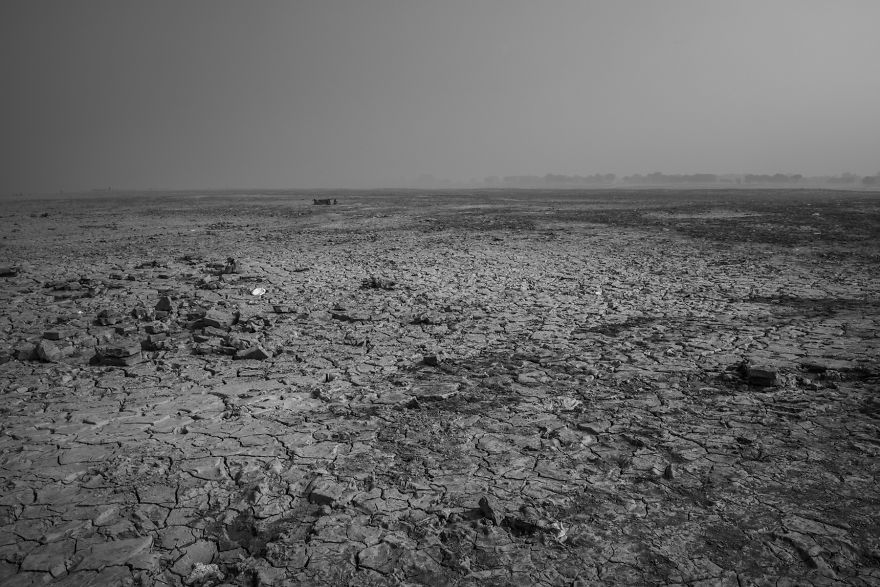
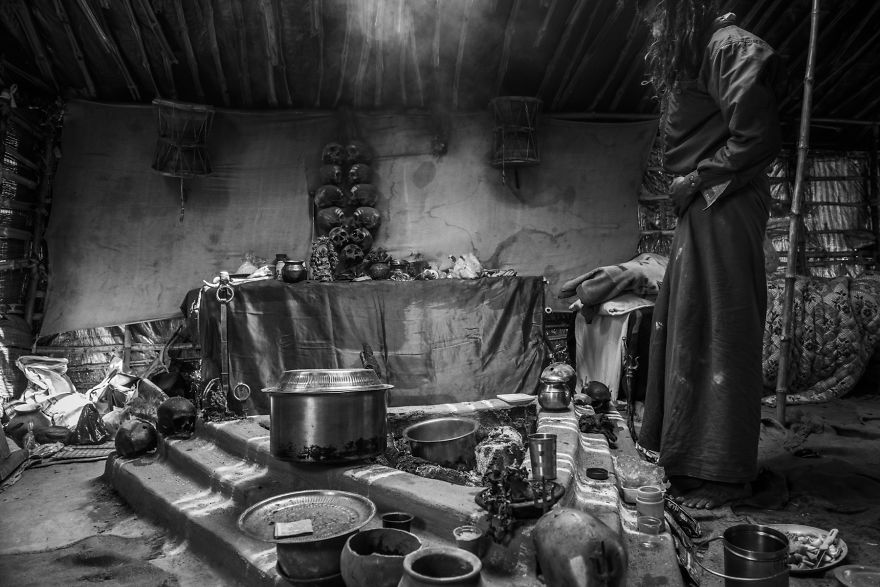
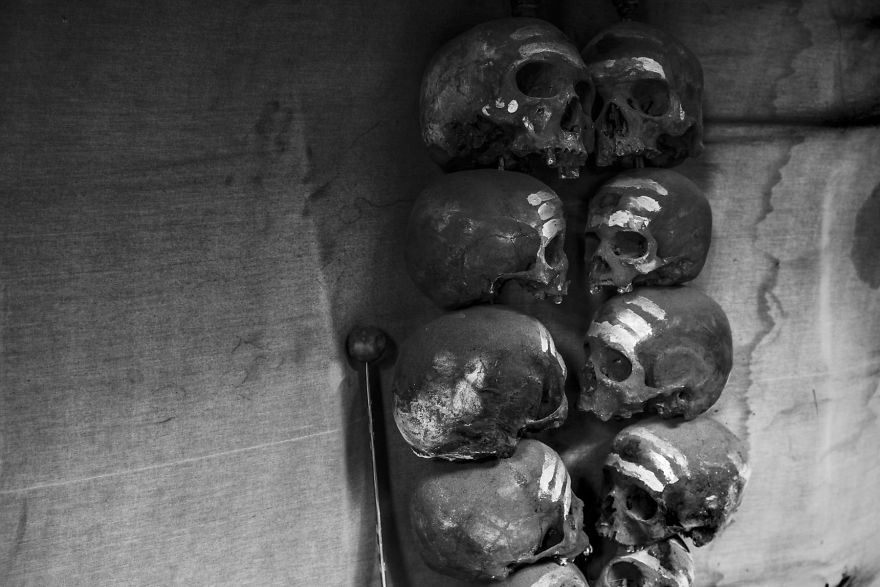



17
3